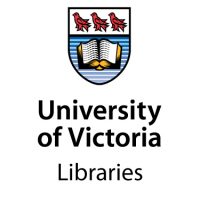July 15 | The New York Times (external link), The Seattle Times (external link) via UVic News (external link)
Recent reports have caused debates on what are effective tactics to combat the opioid crisis. This comes after BC Premier David Eby announced that the province will be moving to recriminalize drugs in public spaces. An article in The New York Times (external link) highlights that this change in tactic has casted doubt in peoples minds on the effectiveness of harm reduction vs. the abstinence approach.
“There are no magic bullets,” said Jaime Arredondo, a professor at the University of Victoria in conversation with The New York Times. “These evidence-based policies work…but we need to give them time.”
Dr. Jaime Arredondo (external link) is an assistant professor at the School of Public Health and Social Policy, the Canada Research chair in Substance Use and Policy research, and scientist with the Canadian Institute for Substance Use Research (external link). His areas of expertise include, but are not limited to: harm reduction, substance use, community drug checking, and safe consumption.
According to his faculty page (external link) on the UVic website, it is because of his personal experience around both substance-use problems and police abuse that he is compelled to work directly with those who have lived experience when developing harm reduction interventions. He also looks to create a mentoring environment that is “respectful of underrepresented minorities, indigenous people, substance users, and women.”
While at UVic, Dr. Arredondo’s CRC research will look into how to “modify and implement innovative harm reduction interventions that can be undertaken in diverse settings.”
If you want to learn more about Dr. Arredondo’s research in drug policy, we encourage you to check out his author page (external link) on our institutional repository, UVicSpace! Or, if you are interested in learning more about harm reduction (external link), try searching for it in the “browse by subject” option!

